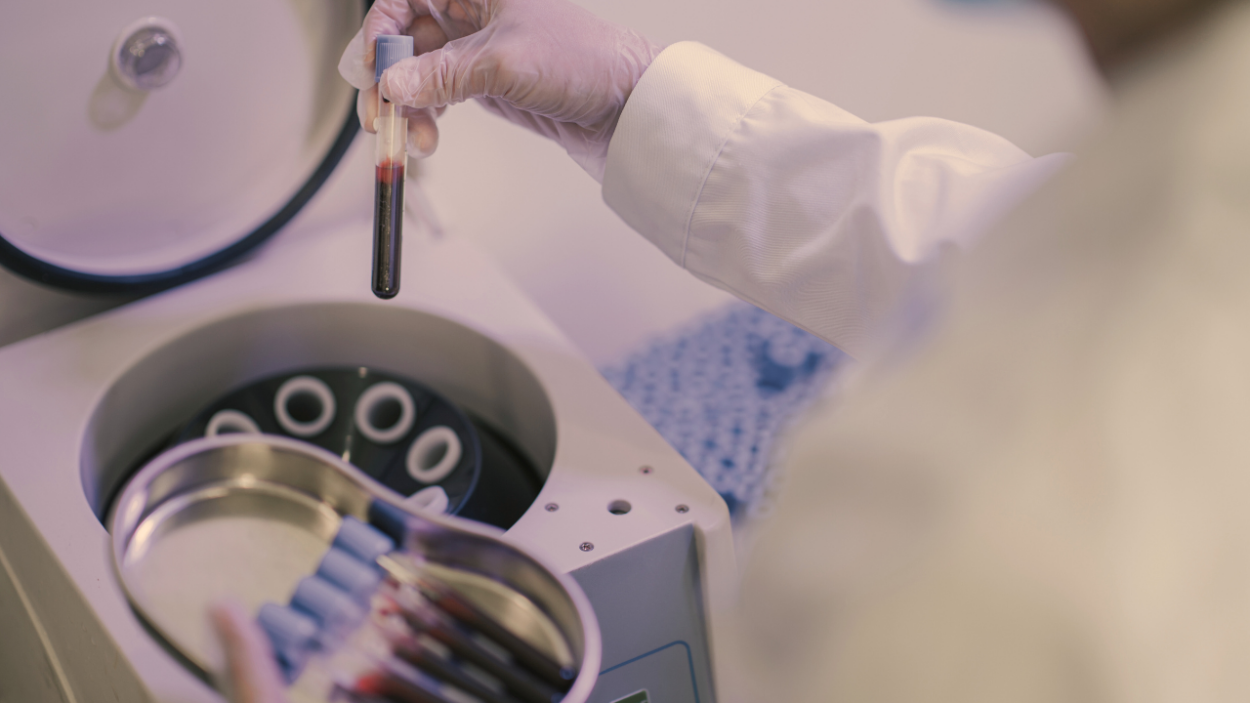
Platelet-rich plasma (PRP) is a preparation rich in growth factors that may aid in the body’s natural healing and regeneration process. Most of our blood is liquid…called plasma. Within blood are cells including red blood cells, white blood cells, and platelets. Platelets are necessary for blood clotting after injury, and also contain many proteins including natural growth factors that aid in healing.
PRP is prepared by drawing a patient’s blood then centrifuging the blood to create a concentrate with potentially five – ten times the blood’s natural platelet concentration of growth factors. This preparation is injected back into the patient, generally into soft tissue or a joint with the hope of enhancing the body’s natural healing process.
Are PRP and stem cells the same thing?
No. Platelet-rich plasma therapy is often confused with stem cell treatment. There are multiple types of treatments that are being developed that either use or mimic the body’s own material to help treat inflammation, arthritis, tendonitis, and other musculoskeletal pathology. These can be referred to generally as “Ortho Biologics” and/or regenerative medicine. Stem cells and PRP are both considered biologic treatment, but they are distinct preparations. This article will focus on PRP.
How does PRP work?
It’s not entirely clear how PRP may help. The hope is that injecting a PRP preparation rich in natural growth factors into inflamed, injured, or arthritic tissue may help that area heal by “jump starting” a natural healing process in our body. Extensive studies on PRP are ongoing, and much remains unknown about PRP.
What has PRP been used for?
PRP has likely been used for just about any musculoskeletal injury/pathology. However, often it’s used without the research to prove its safety or efficacy. Many professional athletes have sought out PRP treatment to aid in injury recovery from muscle/tendon tears, ligament injuries, tendonitis, and fractures.
Does it work?
When PRP was initially developed, there was immense excitement for its potential and hope to be a revolutionary treatment. At this point, continuing research is demonstrating certain conditions that PRP may benefit for, and other conditions that PRP appears to be ineffective or less effective in treating. There are many factors including age, the severity of the problem being treated, and other individual health factors that play a part.
When could PRP be beneficial?
Emerging evidence suggests platelet-rich plasma injections may be useful in chronic tendon pathology. It appears to be more effective than steroid injections for chronic lateral epicondylitis (tennis elbow). Research suggests it may also be beneficial for other chronic tendon injuries such as Achilles tendonitis and Patellar tendonitis. There has been hope that PRP could be an effective treatment for osteoarthritis. At this point, PRP has shown some positive results for mild to moderate knee osteoarthritis, however more research is needed to show long term benefits.
Is PRP safe?
Yes. Patients often experience a transient increase in pain at the injection site after PRP injection. Additional complications can happen but are rare. Infection, soft tissue injury, nerve injury or other similar complication is uncommon and appears to be no more frequent than similar side effects that can occur with corticosteroid injections.
Is PRP treatment for me?
Whether or not PRP therapy is advantageous for an individual is patient specific. There are certain pathologies as discussed above that may benefit from PRP treatment, especially if other treatments have failed. As more studies and clinical trials are completed, we may learn that PRP has benefit for additional pathology but as of now it remains limited. Several providers in the departments of orthopedics and physiatry at The Center perform PRP treatment in select patients.





